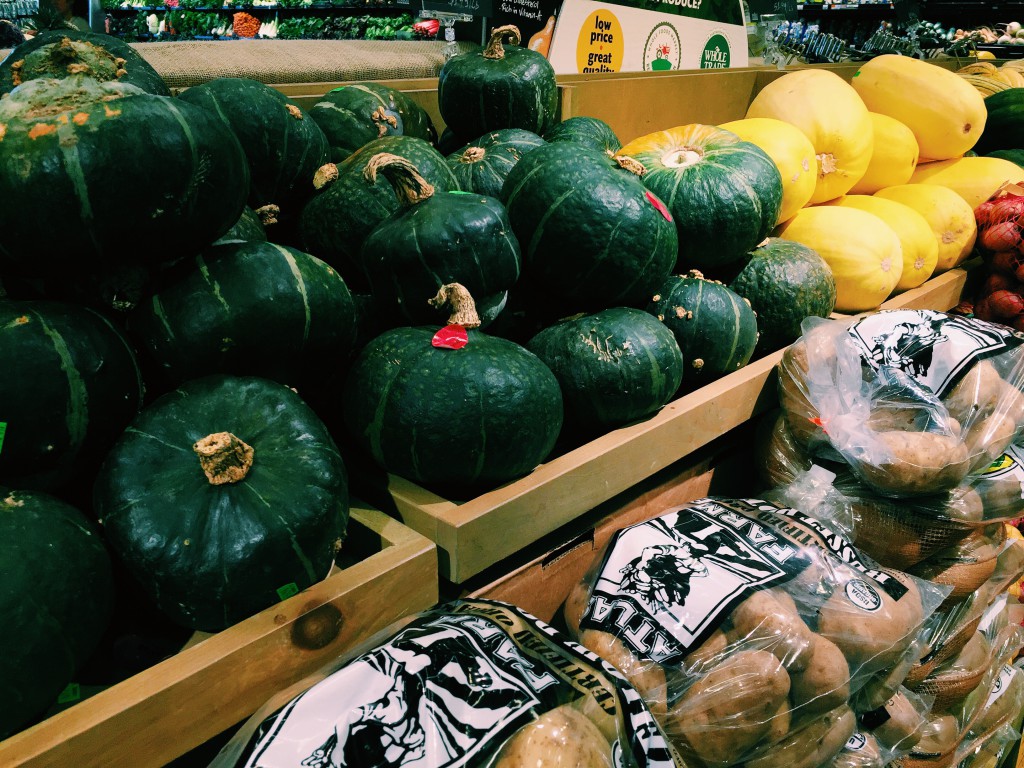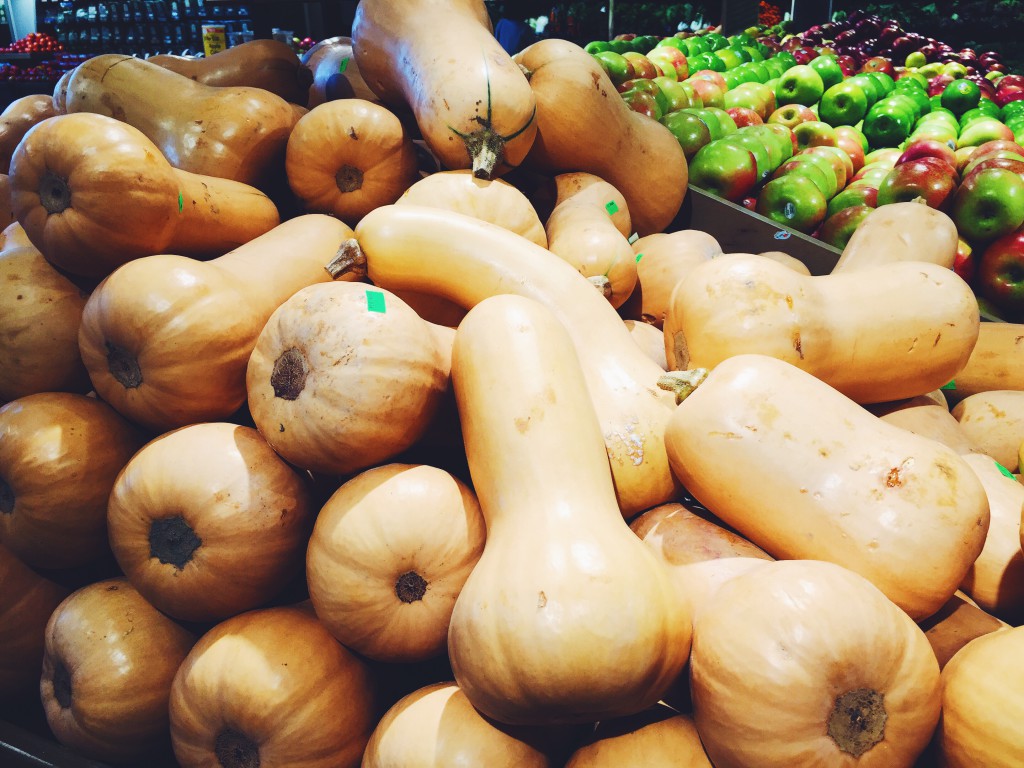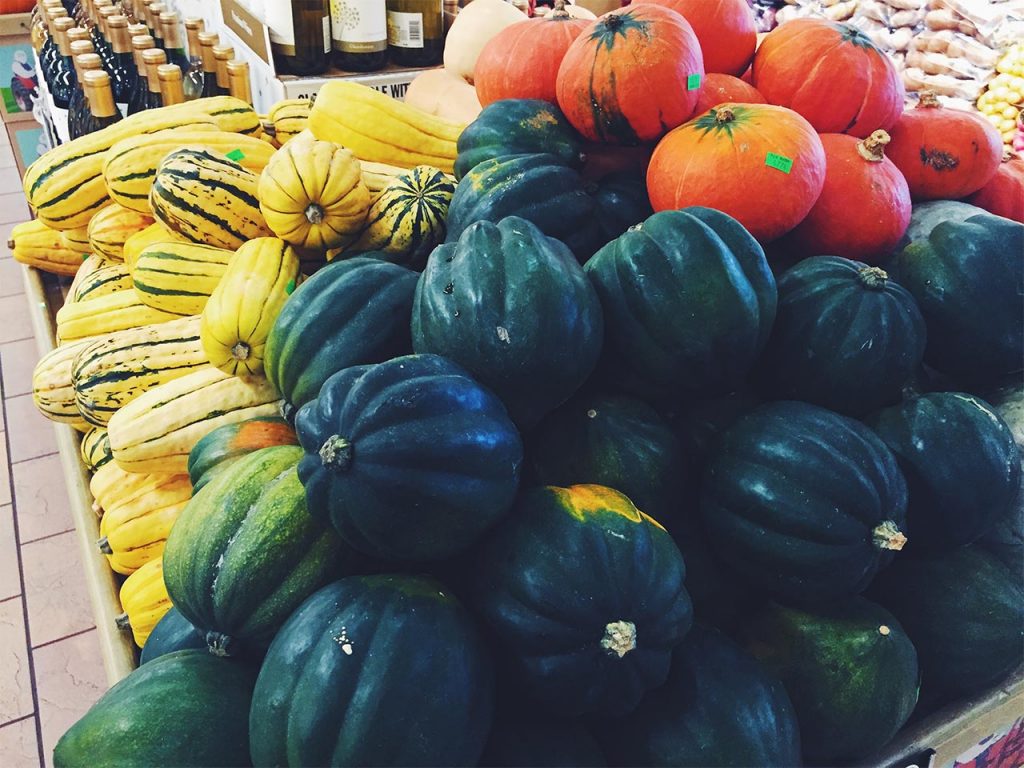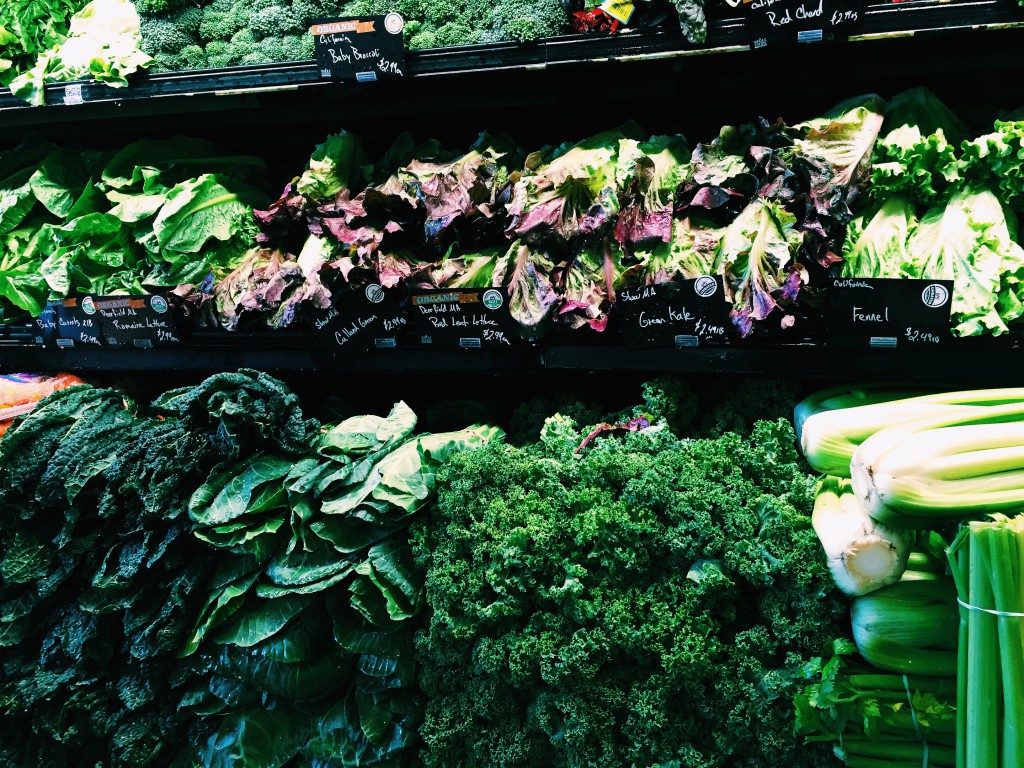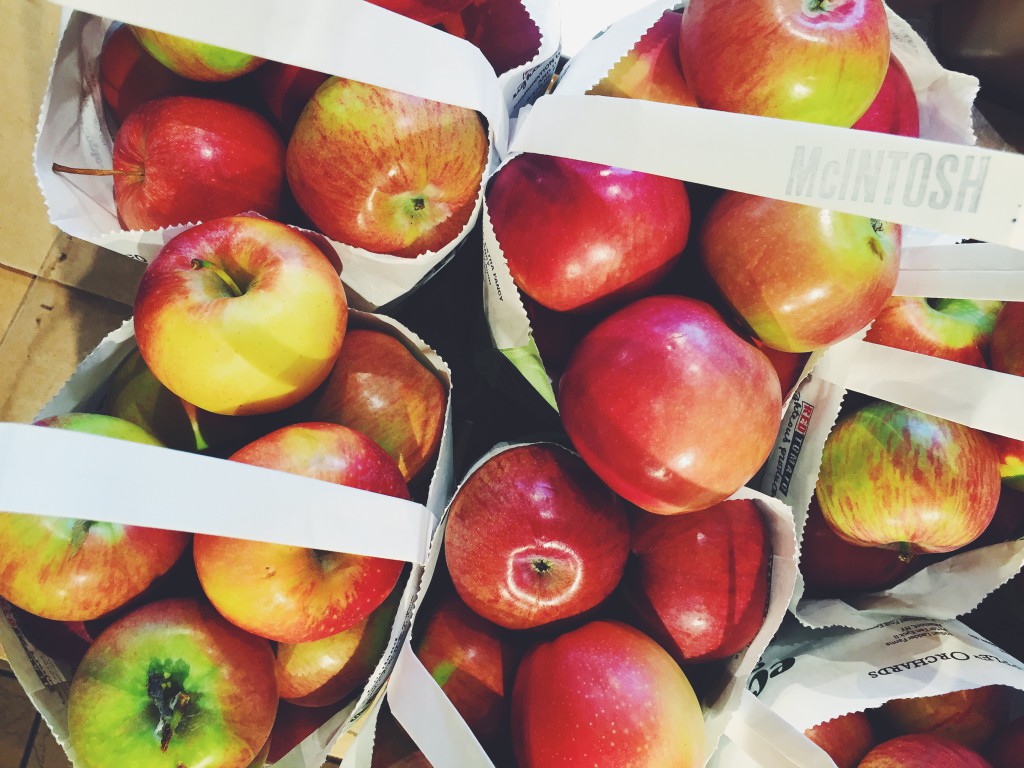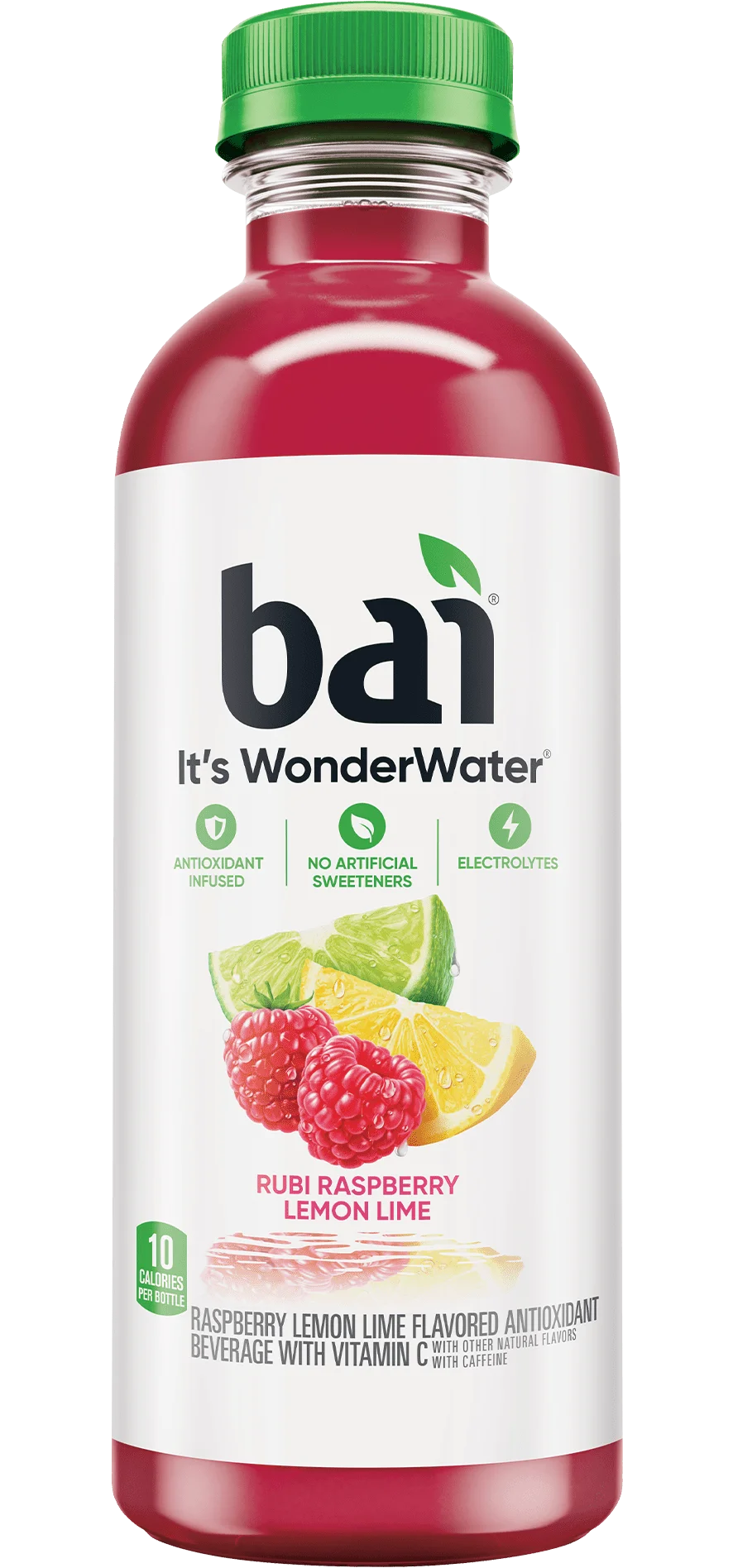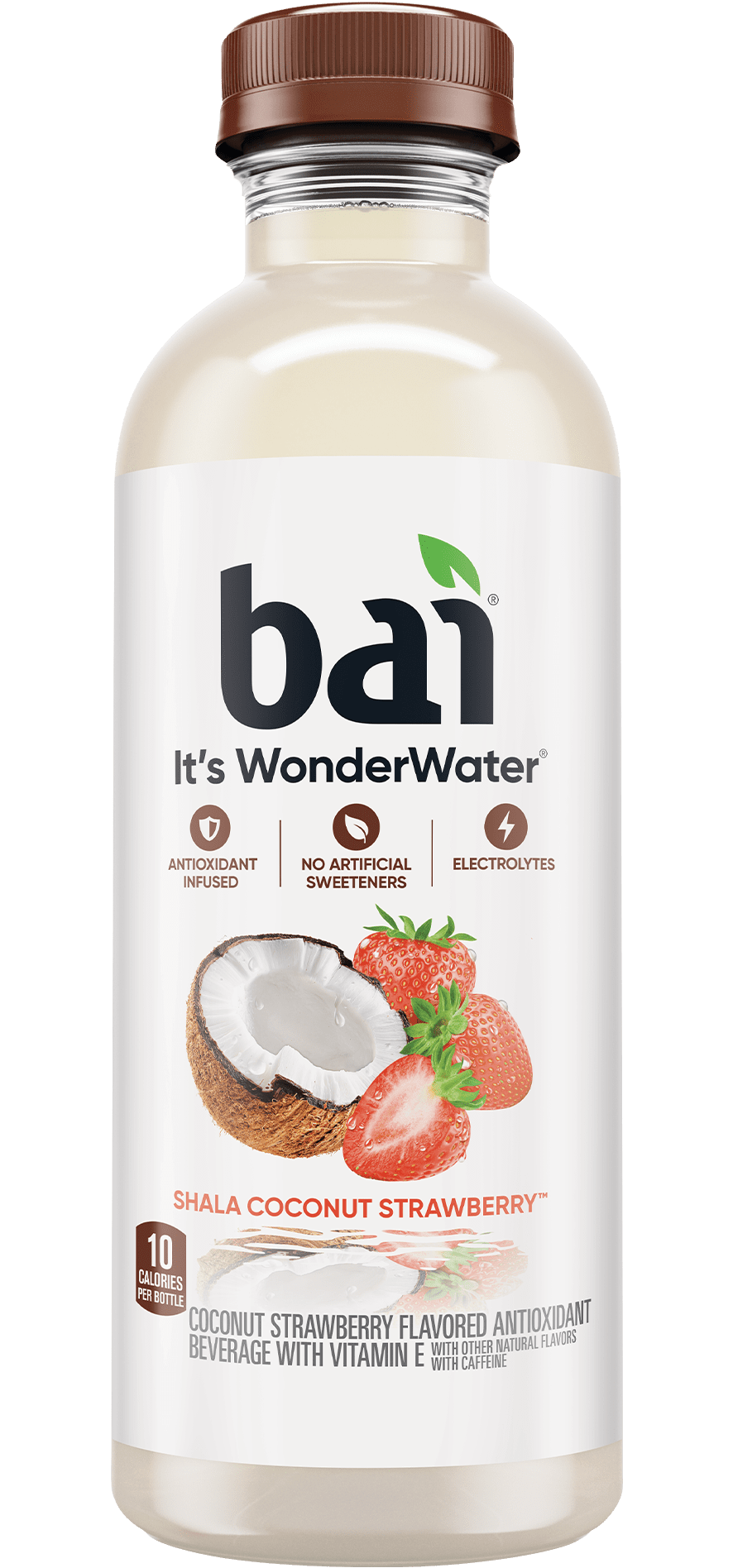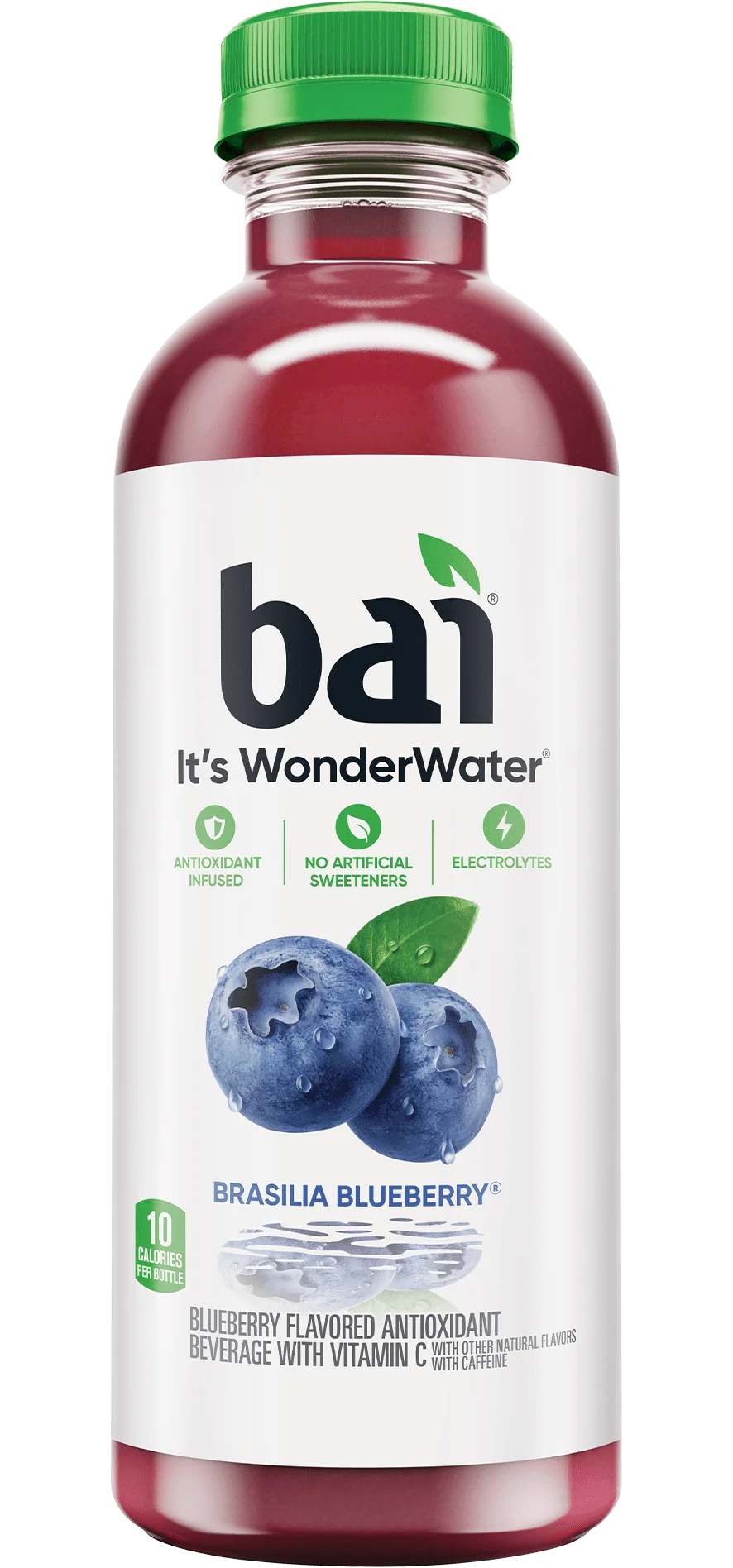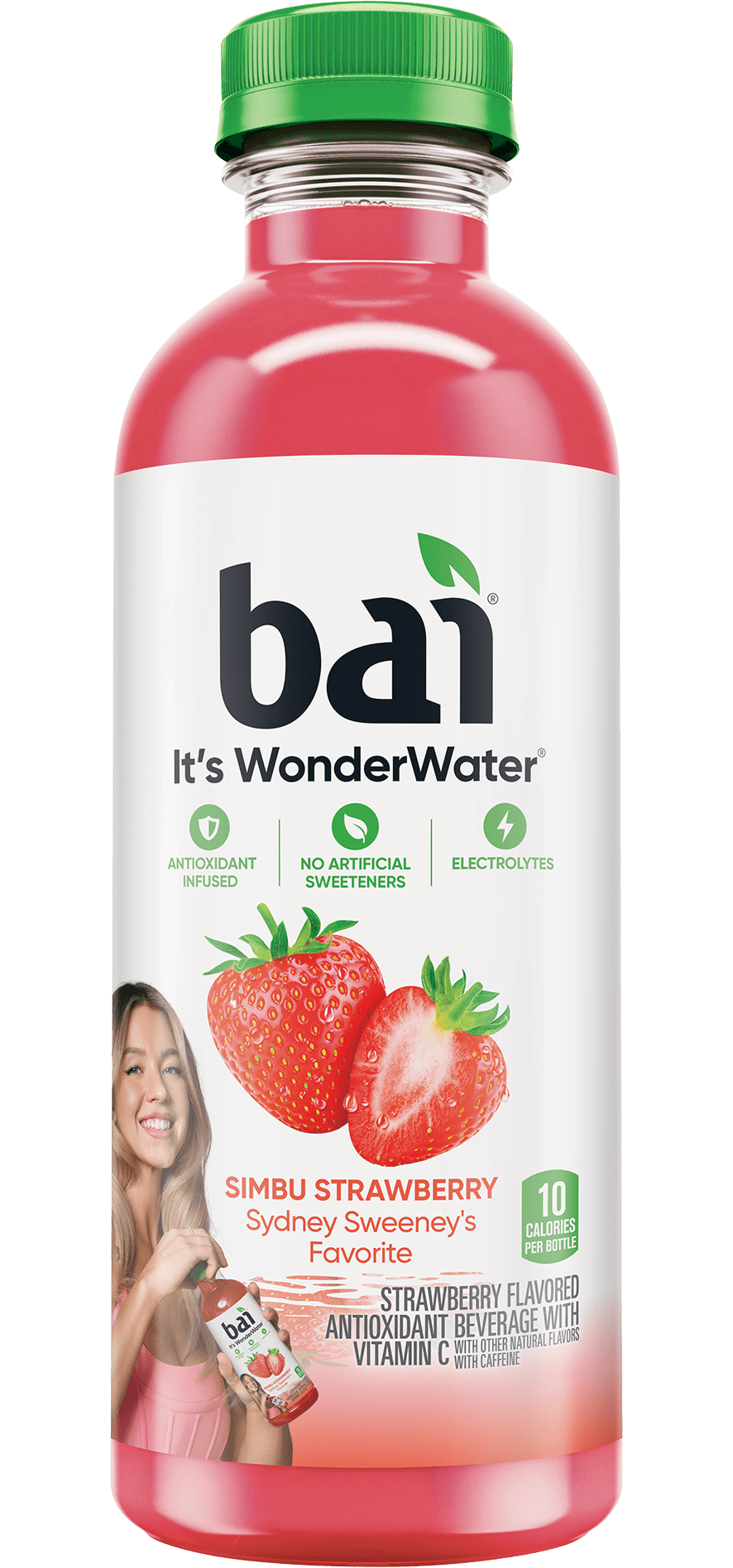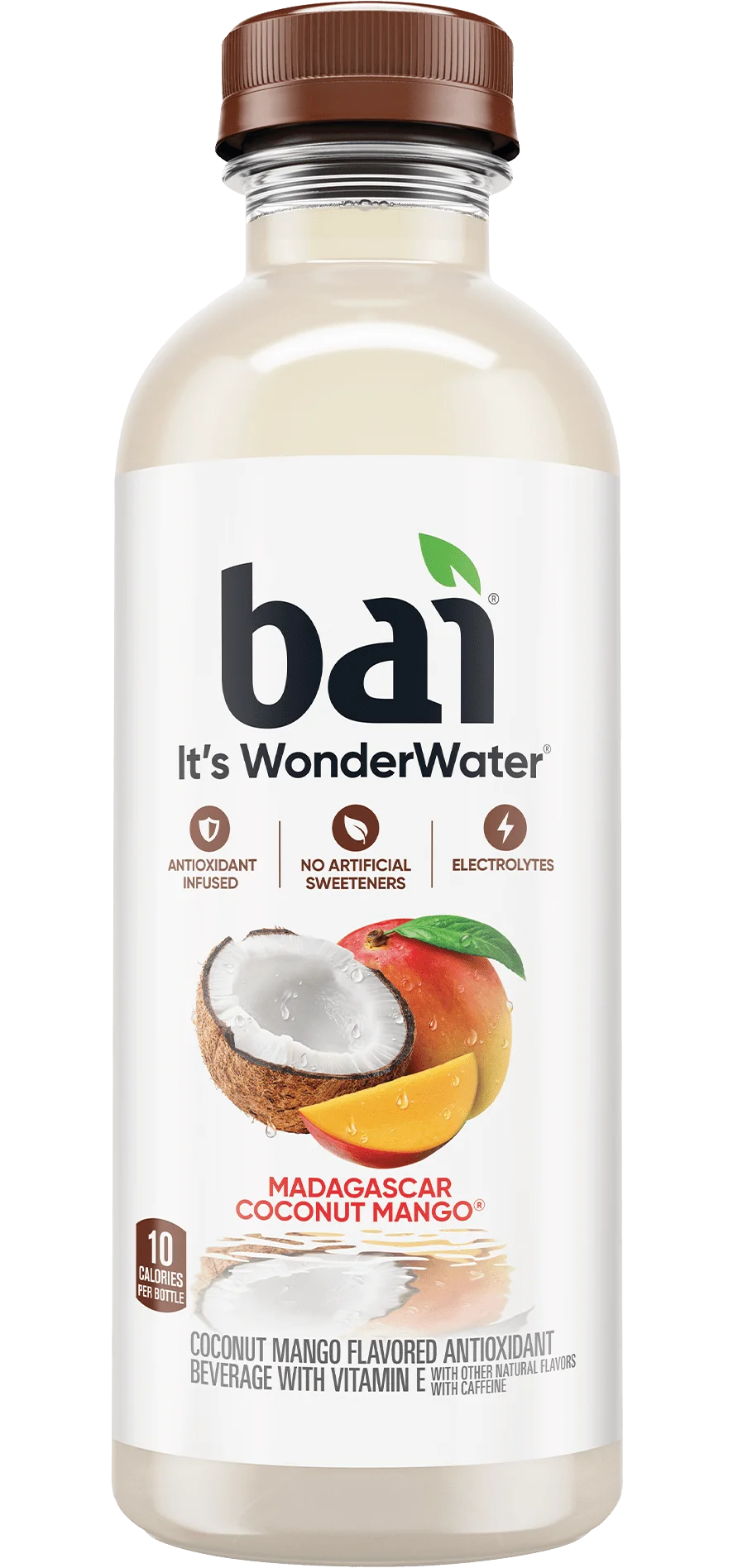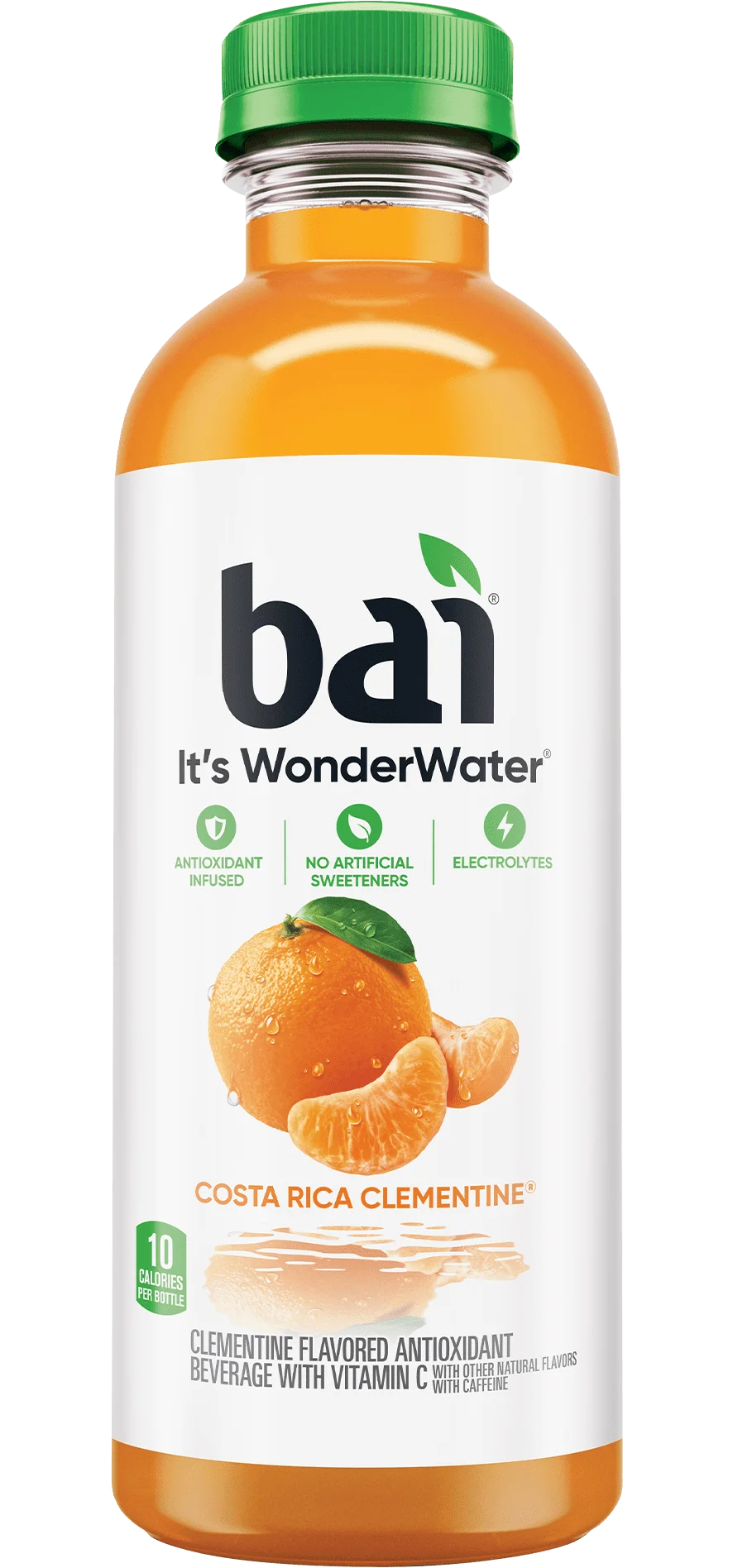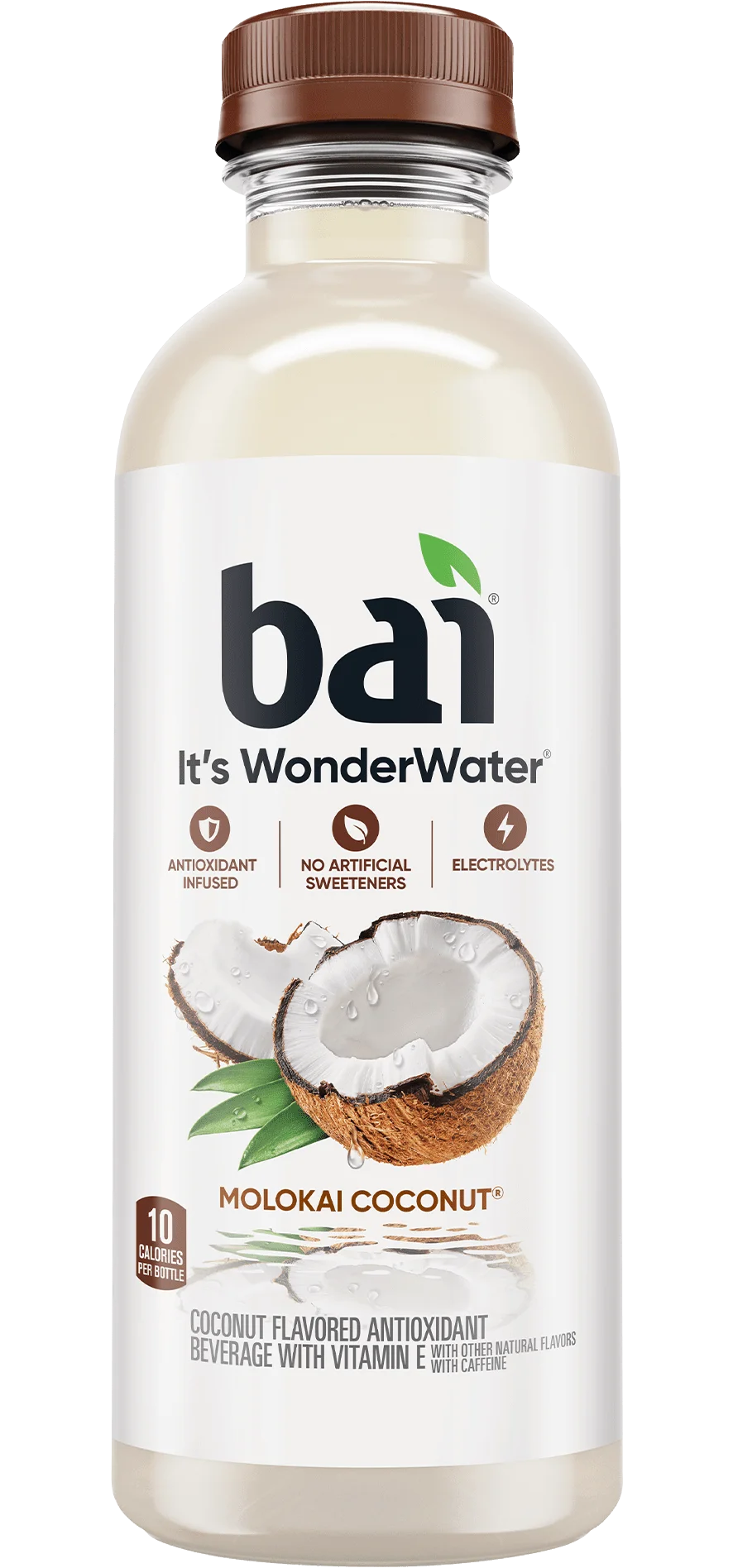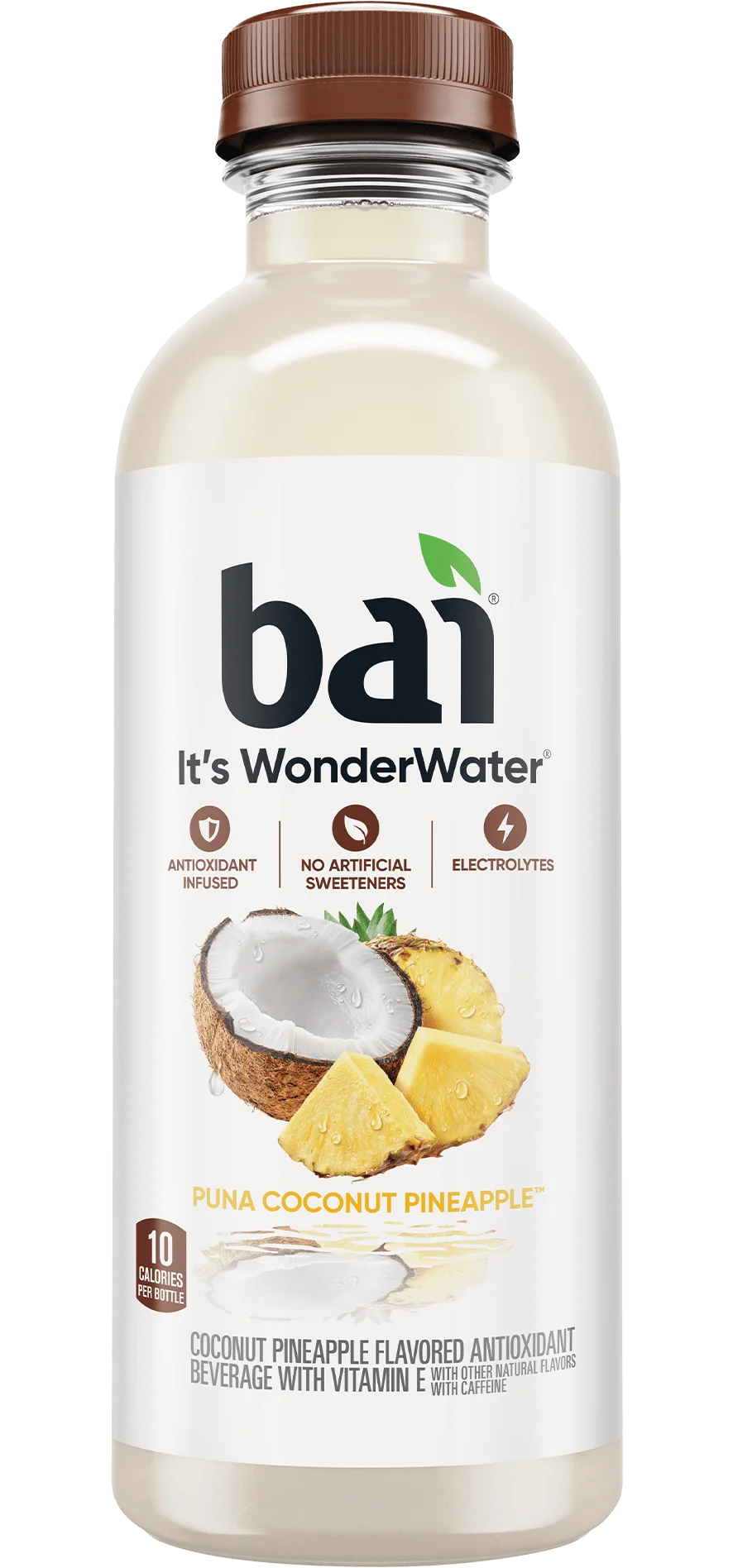Watermelon reminds you of summer. Apples of fall. And although cold storage has made getting pretty much any produce your heart desires available year round, there’s nothing quite like the beauty of in-season fruits and veggies. If you’re not into seasonally changing your fruitage wardrobe, we’ve got a few selling points. And we’re giving you your go-to guide for wrangling the post-summer produce aisle.
Taste
When fruit and veg aren’t grown in ideal conditions, they can’t flourish into the beautiful mature plants they know they can be. Just like how your bones get stronger with proper calcium intake, flavor compounds in produce develop best when given the right nourishment. Think about how wine grapes are grown- even the direction that the crops face play a hand in their flavor development. Other factors can be weather that’s too cold, dry, cloudy, etc. Plus if the soil the produce is being grown in doesn’t have the nutrients (which are naturally recycled annually) it requires, its growth- and therefore flavor development- can be stunted.
Ever gotten strawberries in the fall and, despite their voluptuous and deep red appearance, they taste like water? Scientists have isolated a gene from an arctic fish that keeps it from freezing in super cold waters and added it to the DNA of strawberries so they won’t freeze during winter months. So sure, you can go to the supermarket in November and find some juicy red berries, but because the soil and sun probably weren’t ideal, neither will your fruit salad. You can’t judge a book by its shiny red exterior.
Nutrition
If your July oranges are looking a bit paler than your December ones, phytonutrients could be to blame. Some pigments in fruits and vegetables, also known as phytochemicals, are compounds that have been shown to have a variety of health benefits, like anti-inflammatory properties and immune support. But just like flavor compounds, these nutrients (and many others) can’t develop as thoroughly without proper conditions. And even if they miraculously could, out of season foods must be harvested before they’re ripe so they don’t rot during transportation. We hate to be a Debbie Downer, but that’s kind of a lose-lose situation. Hang tight. A solution’s coming, and it’s delicious.
Cost
When you buy seasonal produce, you’re buying crops from farms in your *general* area. If you’re in New England and buy an apple in October, you can pretty much guarantee it hasn’t been flown in from Indonesia. Which means it’s spent less time off the tree getting manhandled and has less of a chance of needing preservatives. Which also means you don’t have to pay for all that nonsense. Ever buy a pint of blueberries in the winter? They’re either a) weird lookin’ b) double the price of summer bluebs c) frozen or d) all of the above. That’s because blueberries’ natural habitat is the warm summer months, when they’re abundant and therefore cheap.
Picking a Winner
It’s hard, but sometimes you need time apart from the ones you love so you can both grow into better, more mature people/crops. When summer fruits are ready for your affection, they’ll come back. Feel like you just can’t part with your warm weather produce? We promise the cold weather months have plenty to offer. Here’s how to make sure you’re picking the alpha-harvest.
Apples– The more uniform the shape, the more likely the apple is to be sweet and juicy. It shouldn’t have any brown or bruised spots, and if you squeeze the apple with 2 fingers, the harder it is to make the apple ‘give’ (make a dent), the crisper it will be. Some apples are better for eating, some for apple pie, some for applesauce, etc. Here’s a great list that breaks it all down for you.
Beets– The bulbs should feel heavy for their size and the surfaces should have minimal bruising or nicks. Plus since beet greens wilt relatively quickly, they’re a good indicator of how fresh the bunch is.
Broccoli– Should be medium to dark green, or even purple. The head should be firm and compact, and the stalk should be stiff and not bend easily when you try to snap it. Flip your candidate over and look at the underside of the stalk- ones that have started to split in the center are less fresh.
Clementines– Considering clementines aren’t juiced like other citrus fruits, you don’t want them to be too soft. Try to feel a couple in the crate to make sure they’re relatively firm.
Cranberries– Although the cranberries in your mom’s homemade Thanksgiving sauce might be a bit wrinkly, look for plump, shiny and smooth crannies at the store.
Grapefruit/Oranges– Both fruits should have a darkish skin, with an almost red undertone. When you squeeze them, the juicier fruits will feel extremely plump and firm and feel heavy for their size. Choose the ones that are slightly oblong- perfectly spherical individuals are probably underripe.
Grapes– Good indicators of freshness are the stems- if they look like they could potentially still be a part of a living plant, the more likely they were very recently. Fresh grapes are plump, unbruised, and still attached to their stems.
Kiwi– Ripe kiwis are heavy for their size, don’t feel extremely firm when you squeeze them, and have a citrus smell. Look for a taught, unbruised exterior.
Lemons/Limes– Give them a slight squeeze. The harder they feel, the more rind (and therefore less juice) they have. So go for the guys that have a little give and feel heavy for their size- both are indicators of juiciness.
Pears– Pears ripen best off the tree, so the ones you find in the supermarket are likely hard. If you want to find one ready to eat immediately, test the softness near the stem. If it gives a little, it’s ready. Pears that are soft throughout the rest of their body are likely overripe which indicates mushiness or mealiness. No thanks.
Pomegranates– Again, they should feel heavy for their size. Go for poms with bright or dark red-colored skin. Make sure the skin is blemish free and tight- it shouldn’t move when you rub your finger on it.
Pumpkins– Whether it’s for eating or for carving, pumpkins should have a firm skin that doesn’t easily puncture when you poke it with your fingernail. A ripe pumpkin will also sound a bit hollow when you knock on it. Pumpkins are the exception for the ‘pick one that feels heavy for its size’ rule, as that’s usually an indication of thick walls that are a nuisance for both eating and carving.
Sweet Potatoes– Look for ones that aren’t too big, as the larger they get the starchier and less sweet they become. The skin should be even-toned and firm and free of bruises or cuts. The ‘beard’ at the end should be brownish- a white one indicates over-mature and therefore tough and starchy taters.
